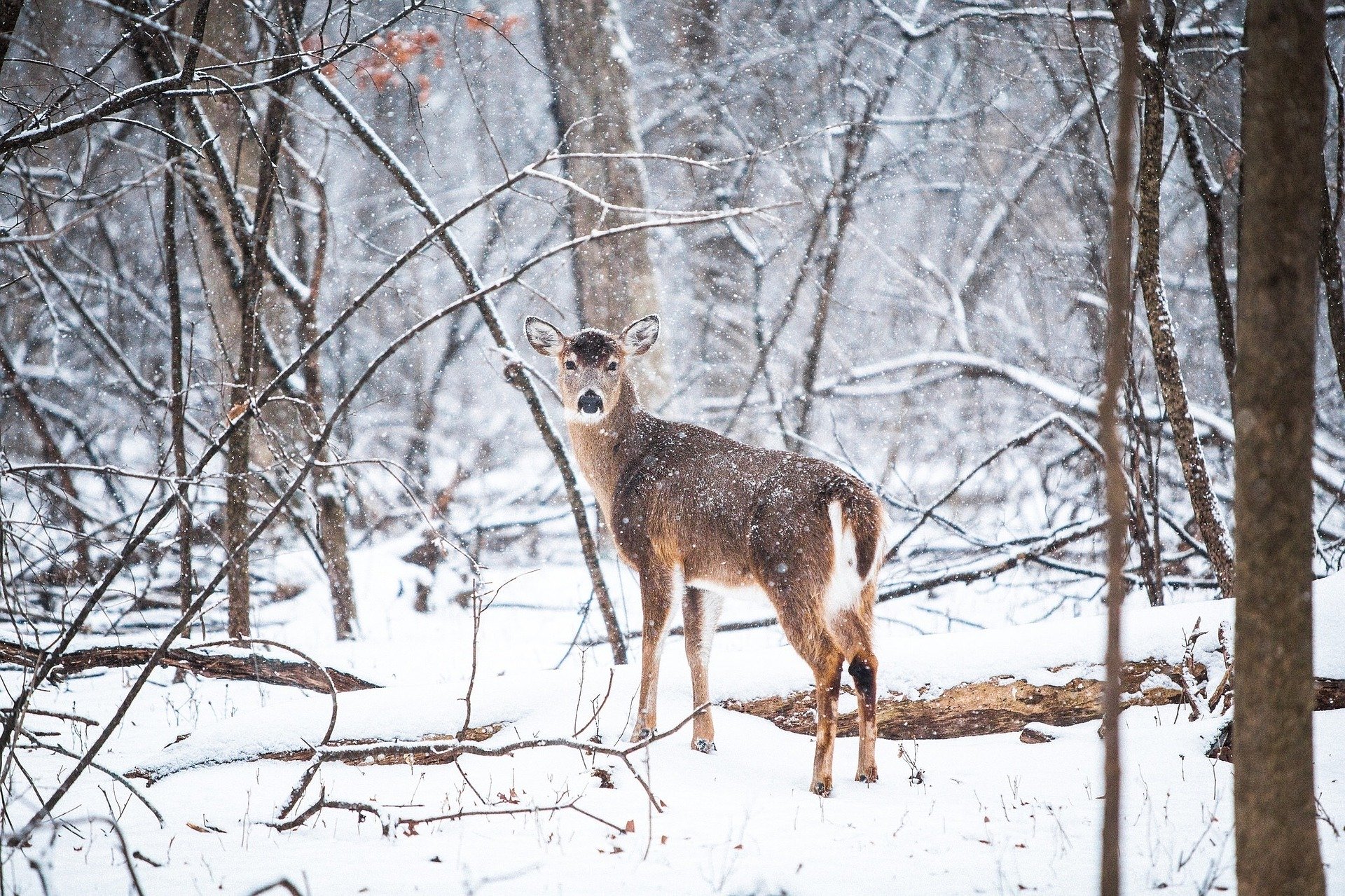South Montana Deer Detected With CWD
Posted by Jennifer Smith on 20th Dec 2019
The first detection of chronic wasting disease in southwest Montana showed up in a white-tailed deer harvested by a hunter in the Ruby Valley during the general hunting season. The buck is one of 24 samples that came back positive for CWD in the latest batch of test results.
The other new positive samples were from deer harvested within CWD Management Zones elsewhere in the state where the disease is known to exist.
The Ruby Valley deer was harvested on private land about a mile west of Sheridan within Hunting District 322.

This year Montana Fish, Wildlife & Parks conducted CWD surveillance in parts of northern, western and southeast Montana, primarily from hunter-harvested animals. In addition, hunters in all parts of the state were able to submit their own samples for testing. All samples are sent for testing to Colorado State University and those results were reported on a weekly basis to FWP. This is the last round of results from animals harvested during the general rifle season. Hunters who submitted animals for testing, can check online for their results at fwp.mt.gov/CWD.
This year, more than 7,000 animals have been sampled statewide, and 115 have tested positive for CWD. CWD has been detected across much of Montana, including the northwest, northeast, southeast and southwest.
With the general hunting season now closed, FWP will review management strategies, testing results and other collected information to make plans for the next necessary steps in managing the disease. CWD cannot be eradicated once it infects a herd.
CWD is a fatal disease that can affect the nervous system of deer, elk and moose. Transmission can most commonly occur through direct contact between animals, including urine, feces, saliva, blood and antler velvet. Carcasses of infected animals may serve as a source of environmental contamination as well and can infect other animals that come into contact it.
There is no known transmission of CWD to humans. However, the Centers for Disease Control and Prevention recommends that hunters harvesting an animal in an area where CWD is known to be present have their animal tested. If the animal tests positive, CDC advises against eating the meat.
Story re-posted from KPVI. Written by Montana Fish, Wildlife and Parks.
